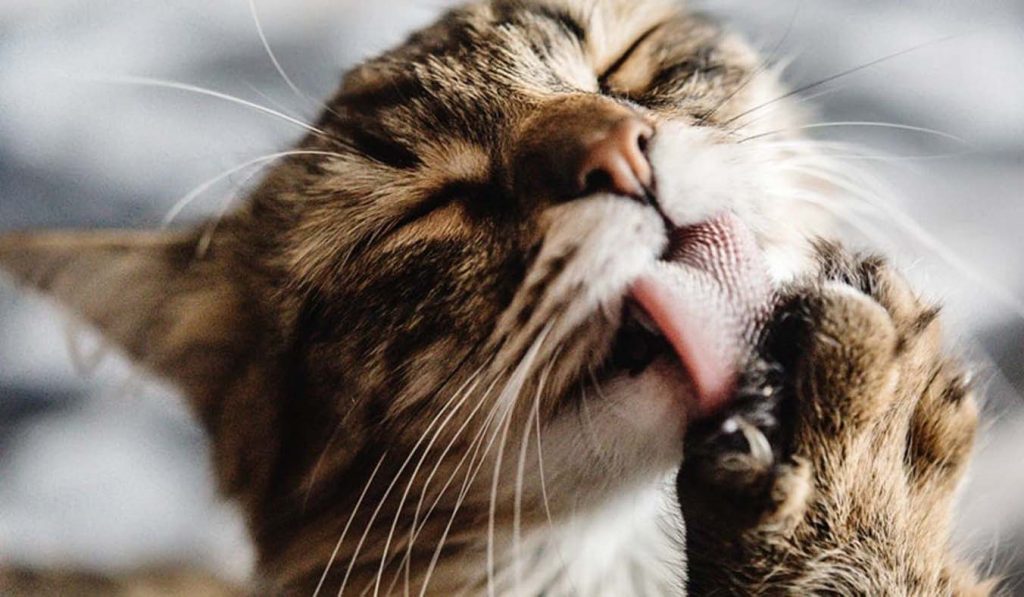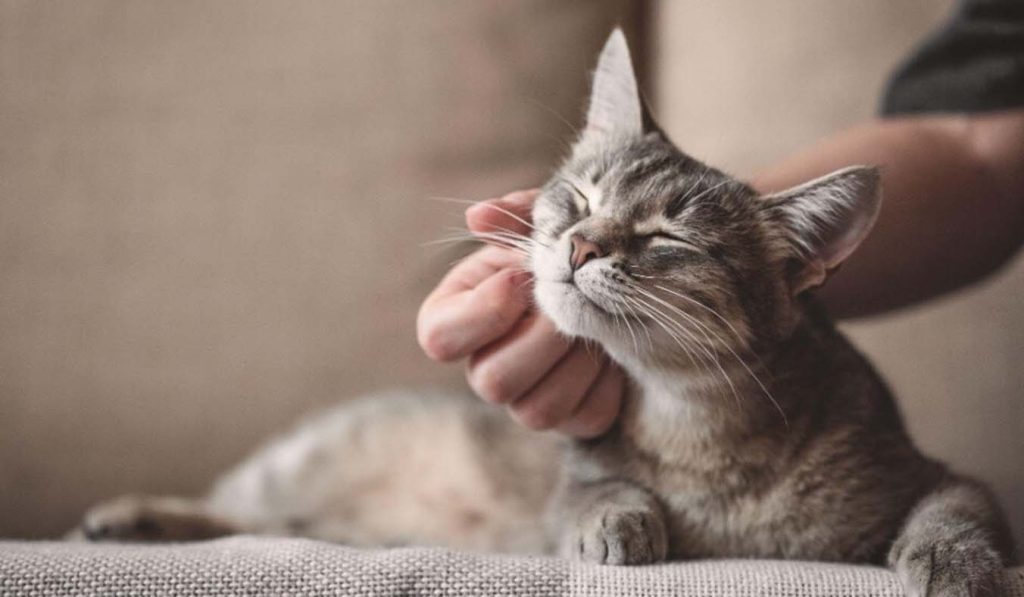In the realm of feline health, tapeworms stand as a common yet often misunderstood adversary, lurking in the shadows of our feline companions’ well-being. With a keen eye towards unraveling the mysteries of this parasitic menace, let us embark on a journey to explore the origins, signs, and therapies surrounding feline tapeworms.
Exploring Tapeworms: Unveiling the Intricacies of Feline Parasites
In the intricate ecosystem of feline health, tapeworms emerge as enigmatic entities, their presence often hidden yet profoundly impactful. With a curious gaze into the world of these parasitic invaders, let us embark on a journey to unravel the mysteries surrounding tapeworms, delving into their origins, characteristics, and potential ramifications on feline well-being.
A Closer Look at Tapeworms:
Tapeworms, scientifically referred to as cestodes, epitomize the parasitic inhabitants of the feline gastrointestinal tract. These segmented worms, reminiscent of miniature ribbons, take up residence within the intestines of cats and other mammals, where they embark on a quest for sustenance and survival. Despite their diminutive stature, tapeworms wield a formidable presence, siphoning nutrients from their feline hosts and potentially instigating discomfort and health complications if left unaddressed.
Variability in Size and Structure:
The realm of tapeworms boasts a diversity of species, each distinguished by its unique characteristics and dimensions. From the dainty confines of a few millimeters to the imposing lengths spanning several inches, these segmented parasites exhibit a remarkable range in size. Their segmented bodies, reminiscent of miniature train cars linked in succession, facilitate efficient nutrient absorption and reproductive capabilities, perpetuating their insidious lifecycle within the feline host.
The Predicament of Parasitism:
Within the intricate dance of host-parasite interactions, tapeworms navigate a delicate balance between survival and subjugation. Their presence within the feline gastrointestinal tract poses a twofold threat—siphoning vital nutrients from the host’s digestive processes while potentially triggering discomfort and health complications. Left unchecked, tapeworm infestations can undermine feline health and vitality, warranting vigilant monitoring and proactive intervention to safeguard against their insidious influence.
Navigating the Landscape of Infestation:
The lifecycle of tapeworms unfolds amidst a tapestry of ecological intricacies, with fleas and intermediate hosts serving as unwitting accomplices in their propagation. When a feline host ingests an infected intermediate host, such as a flea or small rodent, they unwittingly become ensnared in the parasitic web of tapeworm infestation. Once within the confines of the feline gastrointestinal tract, tapeworms embark on a journey of maturation and reproduction, perpetuating their lifecycle and potentially instigating discomfort and health complications in their feline host.
In the enigmatic realm of tapeworms, knowledge emerges as the most potent weapon against their insidious influence. Through a deeper understanding of their origins, characteristics, and potential ramifications on feline health, we empower ourselves as vigilant stewards of feline well-being, poised to navigate the intricate landscape of parasitic infestation with clarity, compassion, and unwavering resolve.
Unraveling the Conundrum: How Tapeworms Invade the Feline Realm

In the intricate dance of nature, the path to tapeworm infestation in cats unfolds amidst a tapestry of ecological intricacies, weaving a tale of unwitting hosts and parasitic interlopers. With a discerning eye towards understanding the intricacies of feline tapeworm transmission, let us embark on a journey to uncover the clandestine mechanisms through which these parasitic invaders infiltrate the feline realm.
The Role of Intermediate Hosts:
At the heart of the tapeworm lifecycle lies the pivotal role of intermediate hosts—humble yet unwitting accomplices in the propagation of parasitic infestation. Fleas, those ubiquitous denizens of the feline world, emerge as primary vectors of tapeworm transmission, their minuscule frames harboring the insidious larvae of tapeworms, waiting to be unleashed upon unsuspecting hosts. When a cat, engaged in the ritual of grooming, ingests an infected flea, they unwittingly invite the parasitic interlopers into their inner sanctum, setting the stage for infestation to take root.
The Perils of Predation:
In the natural order of things, the feline instinct for predation serves as a double-edged sword, conferring both sustenance and vulnerability in equal measure. When a cat sets its sights on a hapless prey animal—a rodent, bird, or small mammal—their voracious appetite may unwittingly lead them down the path of parasitic infestation. Within the confines of their prey’s flesh lie the dormant larvae of tapeworms, lying in wait for the opportune moment to infiltrate the feline gastrointestinal tract and initiate their nefarious lifecycle.
The Journey Within:
Once ingested, the tapeworm larvae embark on a journey of maturation and proliferation within the feline host, navigating the labyrinthine landscape of the intestinal tract with singular purpose. Guided by instinct and biological imperatives, they undergo a metamorphosis, maturing into adult worms capable of reproducing and perpetuating the cycle of infestation. With each passing day, the parasitic population swells, exerting its insidious influence on the host’s health and vitality, until intervention is sought to stem the tide of infestation.
In the intricate web of tapeworm transmission, vigilance emerges as our greatest ally in safeguarding the well-being of our feline companions. Through a deeper understanding of the clandestine mechanisms through which tapeworms infiltrate the feline realm, we empower ourselves as vigilant stewards of feline health, poised to navigate the complexities of parasitic infestation with clarity, compassion, and unwavering resolve.
Deciphering Tapeworm Infestation: Unveiling the Telltale Signs in Feline Companions
In the intricate tapestry of feline health, detecting the subtle whispers of tapeworm infestation demands a keen eye for detail and a compassionate understanding of the nuances of feline behavior. With a discerning gaze into the realm of tapeworm symptoms, let us explore the diverse manifestations of this parasitic menace, shedding light on the cryptic clues that hint at its clandestine presence within our beloved feline companions.
The Cryptic Indicators:
- Visible Segments in Feces or Anal Area:
Amidst the fecal matter lies a silent testament to the presence of tapeworms—segments resembling grains of rice, their telltale appearance betraying the insidious infestation lurking within. These parasitic fragments, shed by mature tapeworms within the feline gastrointestinal tract, serve as tangible evidence of the parasitic intrusion, awaiting discovery amidst the litter box landscape. - Excessive Grooming or Biting at the Base of the Tail:
Watch as your feline companion, driven by an unrelenting urge, engages in a relentless cycle of grooming and biting at the base of their tail—a poignant manifestation of the discomfort wrought by tapeworm segments. With each frenzied lick and nibble, they seek solace from the incessant irritation caused by the parasitic interlopers, their actions a silent plea for relief from the relentless assault on their well-being. - Weight Loss and Poor Coat Condition:
Behold the subtle shifts in your cat’s physique—a gradual decline in weight and a deterioration in coat condition, symptomatic of the drain on their nutritional reserves by the tapeworms within. Like silent thieves in the night, these parasitic invaders siphon vital nutrients from their host, leaving behind a hollow shell of their former vitality—a silent testament to the insidious influence of tapeworm infestation on feline health.
Navigating the Path to Wellness:
In the labyrinth of tapeworm symptoms, proactive intervention emerges as our greatest ally in safeguarding the well-being of our feline companions. Through vigilant observation and compassionate care, we stand poised to detect the subtlest whispers of tapeworm infestation and embark on a journey towards restoration and healing. With unwavering dedication and a commitment to feline welfare, we navigate the complexities of parasitic infestation with clarity, compassion, and unwavering resolve, ensuring a future where our beloved cats can thrive free from the burdens of tapeworm intrusion.
Eradicating Feline Tapeworms: A Holistic Approach to Treatment

In the battle against tapeworm infestations, feline companions can find solace in the arsenal of effective treatment options designed to restore their vitality and well-being. Through a multifaceted approach encompassing medication, flea control, and environmental management, we embark on a journey towards liberation from the clutches of parasitic intrusion.
1. Anthelmintic Medications:
The cornerstone of tapeworm treatment lies in the administration of anthelmintic medications—potent agents meticulously formulated to target and eliminate intestinal parasites with precision and efficacy. Available in a variety of formulations, including oral tablets, spot-on treatments, and injectable formulations, these medications offer flexibility in administration, tailored to the individual needs and preferences of feline patients. With each dose, the parasitic stronghold within the feline gastrointestinal tract is besieged, paving the way for restoration and healing.
2. Conquering Flea Infestations:
In the intricate web of tapeworm transmission, fleas emerge as unwitting accomplices, serving as primary vectors for the propagation of parasitic infestation. Addressing concurrent flea infestations is paramount to preventing recurring tapeworm infections and breaking the lifecycle of these insidious parasites. Through the implementation of a comprehensive flea control regimen, encompassing topical flea preventatives and regular environmental treatments, we disrupt the symbiotic relationship between fleas and tapeworms, forging a path towards liberation from parasitic intrusion.
3. Cultivating Hygienic Environments:
Within the sanctuary of the home, maintaining a clean and hygienic environment emerges as a potent defense against tapeworm infestations and promotes overall feline well-being. Regular litter box cleaning, meticulous grooming practices, and vigilant flea prevention measures serve as pillars of protection against the insidious encroachment of parasitic invaders. By cultivating an environment inhospitable to tapeworms and their intermediate hosts, we fortify the fortress of feline health and vitality, ensuring a future free from the burdens of parasitic infestation.
In the crucible of feline tapeworm treatment, compassion reigns supreme, guiding every decision and action with unwavering dedication to feline welfare. Through the synergy of medication, flea control, and environmental management, we embark on a journey towards liberation from parasitic intrusion—a testament to the enduring bond between human and feline, forged in the crucible of adversity and nurtured through compassion and care.
While tapeworms may pose a threat to the health and happiness of our feline companions, armed with knowledge and proactive prevention strategies, we can effectively combat these parasitic invaders and ensure the well-being of our beloved cats. Through vigilant observation, timely intervention, and comprehensive treatment, we stand as steadfast guardians in the fight against feline tapeworms, fostering a future where cats can thrive free from the burdens of parasitic infestation.



